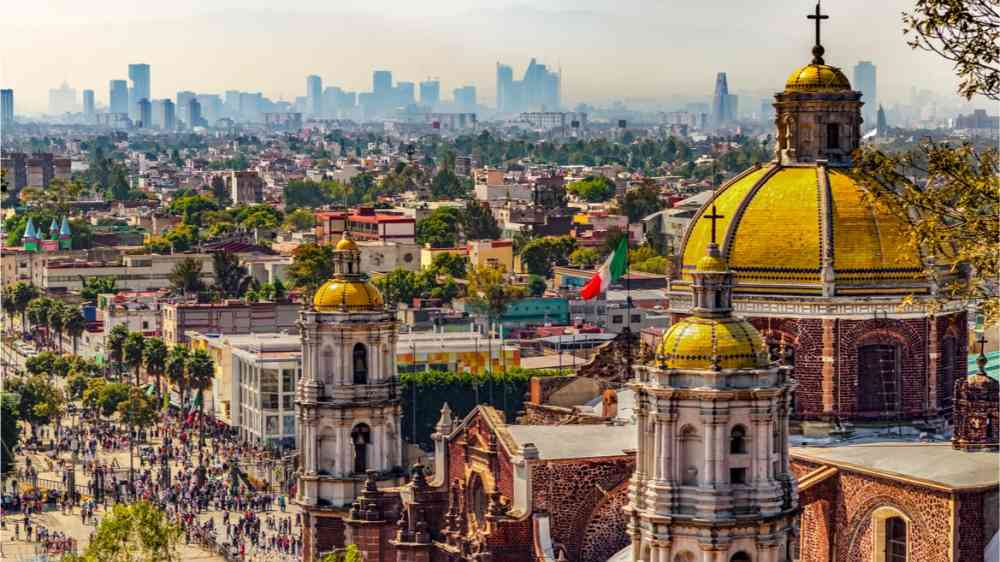Extreme heat killing more than 100 people in Mexico hotter and much more likely due to climate change

Extreme and persistent heat has been overwhelming south western parts of the US, Mexico, and the northern countries of Central America. The area has been lying under a large and lingering region of high pressure, known as a heat dome, whereby hot air is trapped close to the ground and further heated under blue skies and sunshine. Whilst heat domes have a well known mechanism for intensifying heatwaves, these past weeks have seen records broken in both daytime and nighttime temperatures in several countries, including Mexico, Guatemala, Honduras and in the south western US.
Heatwaves are among the deadliest types of extreme events. Even though often the death toll is typically underreported especially during or straight after the event, during this hot season Mexico has already reported 125 deaths (SwissInfo). The coinciding ongoing drought is enhancing impacts of the heat even more.
Scientists from Mexico, Panama, the Netherlands, the United Kingdom, the United States, and Sweden collaborated to assess to what extent human-induced climate change altered the likelihood and intensity of the extreme heat in a region that included the US southwest, Mexico, Guatemala, Belize, Honduras and El Salvador. Using peer-reviewed methods, we analyse 5-day maximum daytime and nighttime temperatures in May and June over a large region (see Figure 1) encompassing the region where impacts associated with extreme temperature records were reported.
Main findings:
- The extreme heat in the north and central America has resulted in severe impacts, including more than 125 heat-related deaths in Mexico since March, thousands of cases of heat stroke, and power outages. We likely do not know the full picture of heat-related deaths, since they are usually only confirmed and reported months after the event, if at all.
- Existing drought conditions have further aggravated the situation by preventing the dispersion of polluting particles, decreasing water availability, and reducing hydropower generation and electricity supply.
- Observations show that 5-day maximum temperatures in May-June such as recorded this year are expected to occur about every 15 years in today’s climate that has been warmed by 1.2C. However, around the year 2000, when global temperatures were half a degree lower than now, such events were expected to occur only about once every 60 years.
- The night time temperatures over the same 5-day period were also high, but not extreme in today’s climate; there is now a 50% chance per year of similar temperatures occurring. At the turn of the millennium such events would only have been expected to occur with a 13% chance in any given year.
These return times are estimated for the region as a whole. It is important to highlight that the heat was more rare in the southeastern part of the region, especially for the nighttime temperatures with return periods of up to 1000 years in individual locations. - To determine the role of climate change we combine observations with climate models and we conclude that human-induced warming from burning fossil fuels made the 5-day maximum temperature event about 1.4 degrees hotter and about 35 times more likely. For nighttime temperatures this is about 1.6 degrees hotter and about 200 times more likely.
- These trends will continue with future warming and events like the one observed in 2024 will be very common in a 2C world.
- Extreme heat warning systems and action plans can help fill important gaps in preparedness across Central America. Heat safety protection laws can be enacted and implemented to protect outdoor workers across all countries.
- Strengthened grid resilience and water conservation strategies are critical to ensure reliable services during heat events. Improved urban planning, more green spaces, and enhanced infrastructure in informal settlements will also help protect the most vulnerable.